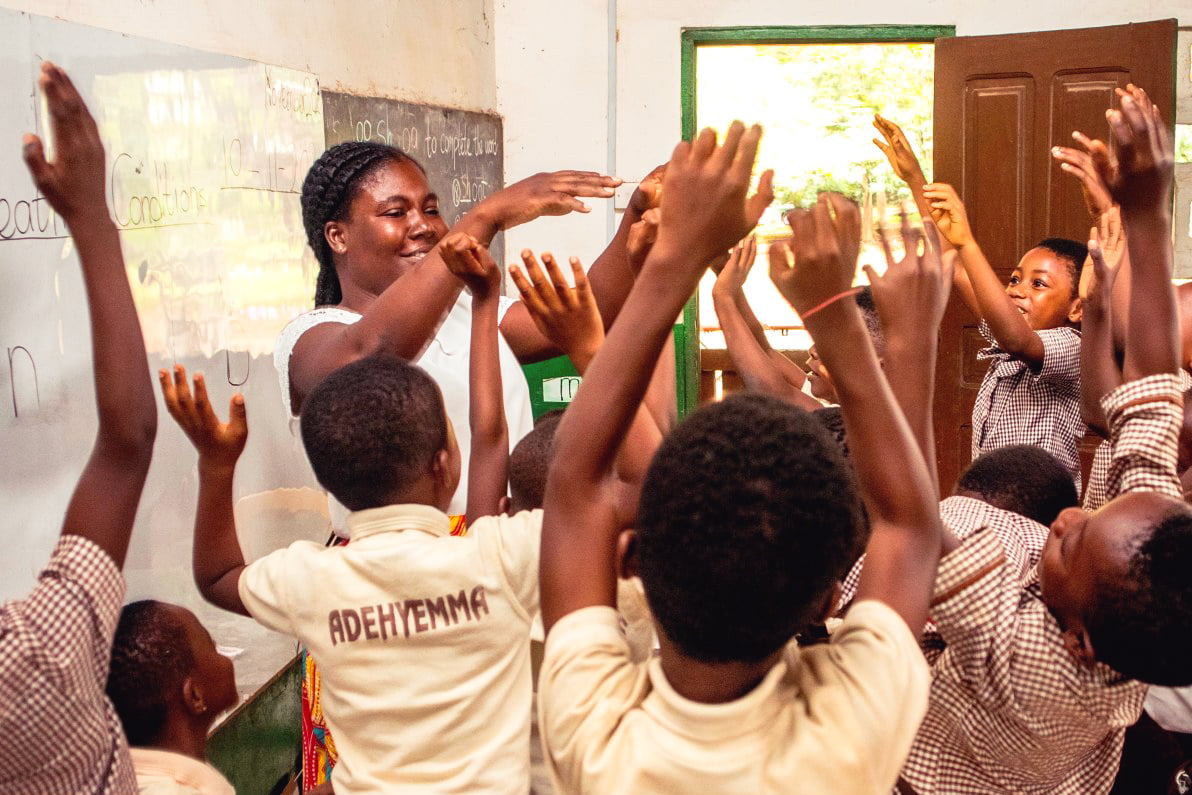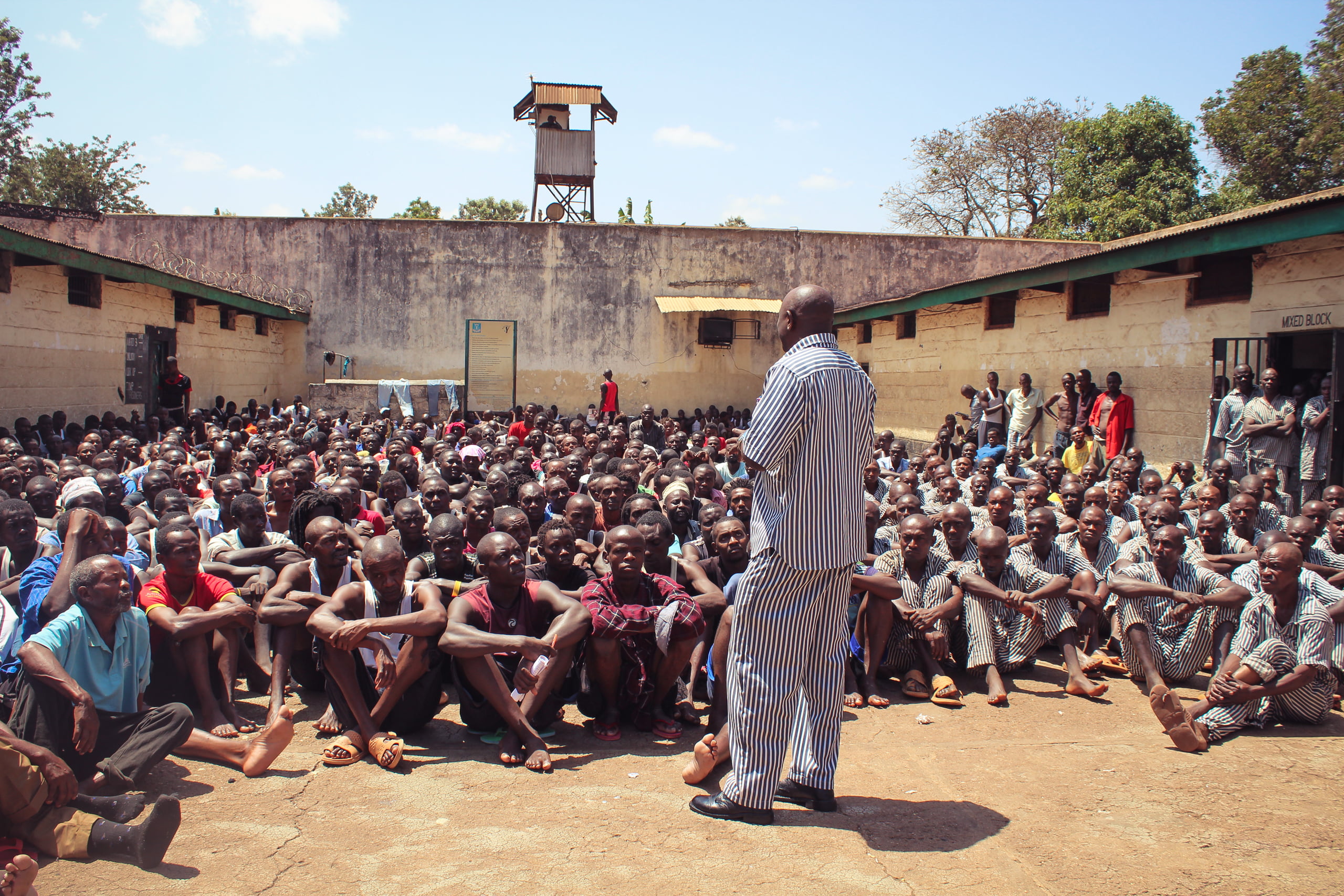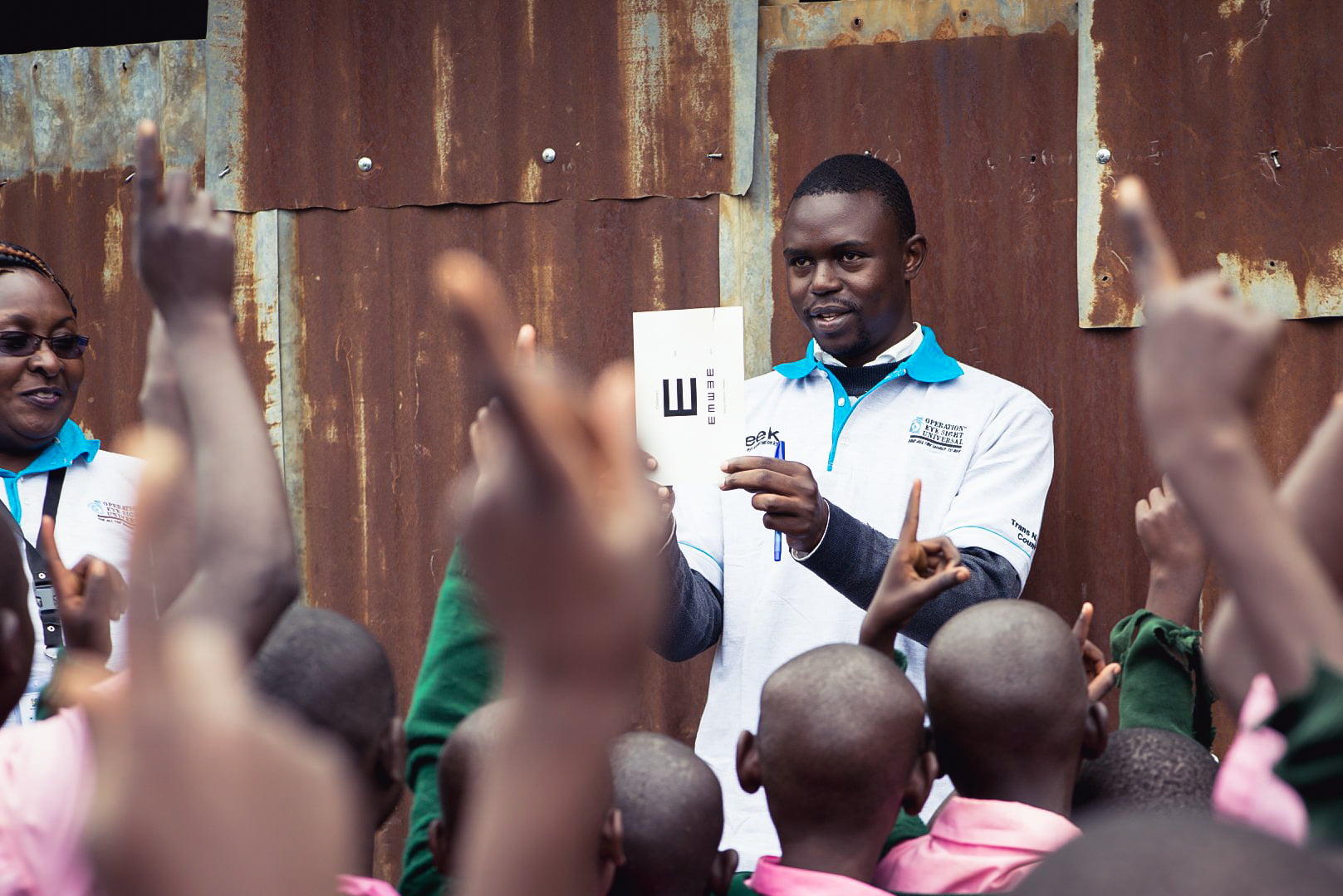The one-sentence theory of change.

KEVIN L. BROWN
A confused mind never funds. And your donors might be lost in translation. Because there’s a critical gap in most nonprofit communications:
Theories of change often change — into donor repellents.
What should be a simple tool to explain your work becomes a jargon jungle for funders.
The most common donor grievance we hear (by far) is that they can’t understand what you actually do. Even those nonprofits with a theory of change on paper can quickly lose funders with all the assumptions, arrows, and academia.
So here’s a formula to help. It’s just six pieces. And while it’s not official copywriting or an elevator pitch, this formula can clarify and summarize your theory of change in a single sentence.
Because (WHY), we work (WHERE) to help (WHO) (WHAT) (HOW), in order to (WHEN).
And here are four Mighty Ally client examples (plus our own!), based on the complete theory of change.
Sabre Education
Because 90% of a child’s brain develops before age five (WHY), we work in Ghana (WHERE) to help the early childhood education sector (WHO) provide the best possible early childhood education (WHAT) by partnering with government to implement play-based learning at scale (HOW), in order to achieve SDG 4.2 by 2030 (WHEN).

Justice Defenders
Because there can be no peace without justice and no justice without peace (WHY), we work in Uganda, Kenya, and The Gambia (WHERE) to help defenseless communities (WHO) get a fair hearing in court (WHAT) through legal education, training, and practice (HOW), in order to elevate one million people in conflict with the law within 10 years (WHEN).

Transform Schools
Because poverty could be cut in half if all children completed secondary school (WHY), we work in India (WHERE) to help secondary school system actors (WHO) improve learning outcomes for children (WHAT) through co-designed learning enhancement programmes and capacity building (HOW), in order to reach 20 million children by 2030 (WHEN).

Peek Vision
Because those with unmet needs remain invisible to health systems (WHY), we work in Africa and Asia (WHERE) to help eye health program providers (WHO) strengthen systems and service delivery (WHAT) with a software and data intelligence platform (HOW), in order to prevent 1.25 billion people from untreated vision loss by 2050 (WHEN).

Mighty Ally
Because too many nonprofits are unseen, unheard, and underfunded (WHY), we work in the Global South (WHERE) to help early- and growth-stage nonprofits (WHO) build brands that maximize funding (WHAT) through consulting, training, and field building (HOW), in order guide 5,000 bold brands — with 50% of clients reaching financial fullness — that directly advance social justice for 500 million people by 2035 (WHEN).

In summary.
Sure, it’s a long, clunky sentence. But it’s not supposed to be public-facing messaging.
Instead, this one-liner — which consists of your problem statement, people, mission, interventions, and 10-year target — is meant to drive focus and strategic clarity.
So if your team struggles to nail down this one sentence, you’ll struggle to pitch and struggle in fundraising. But if you get it right, you’ll capture attention and leave funders wanting to learn more.
Remember:
Your mission: vital. But your message: vague?
Read more articles
Ready to get fundable and findable?
We engage three ways: consulting, training, and field building.
